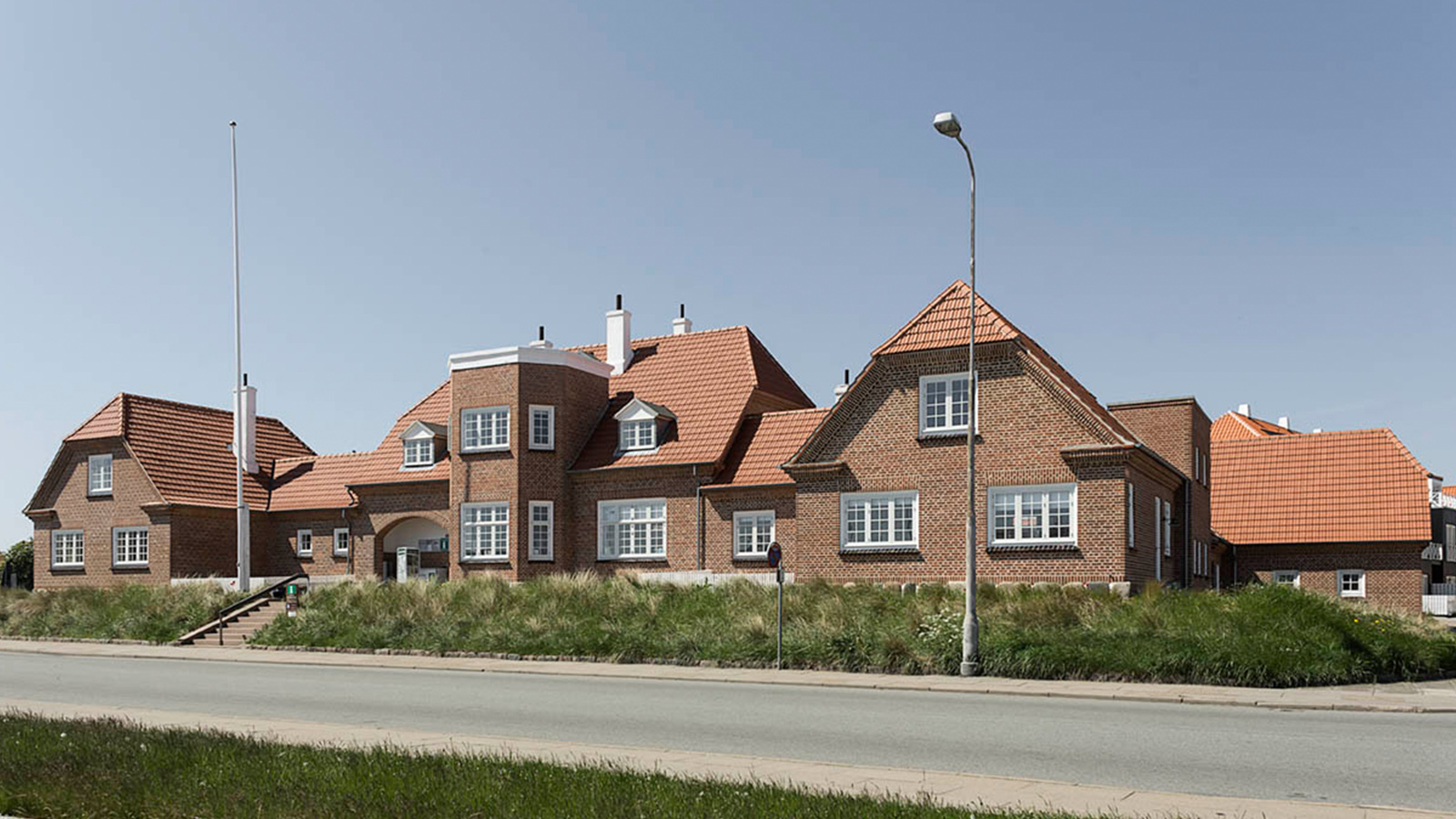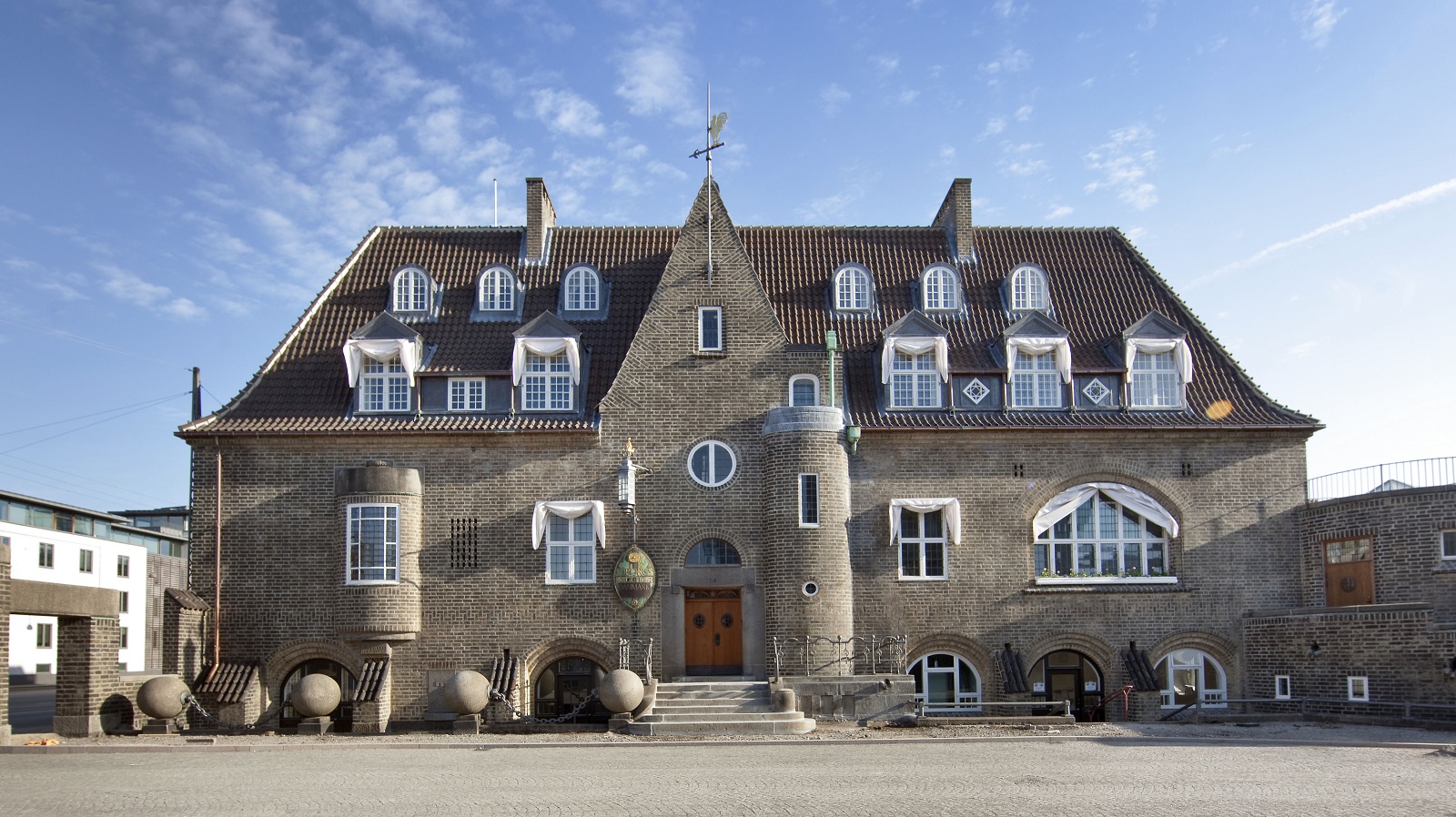Log ind info
Danish Art Nouveau can be seen as a by-product of the Historicist period, in which architects for a period borrowed stylistic traits from British Art Nouveau, the special British neo-Baroque which, in turn, was a further development of the Arts & Crafts aesthetics. Ulrik Plesner, an architect from Skagen, was an exponent of this style in Denmark, and the House of the Harbour Master in Skagen is one of his masterpieces.

Another notable architect of the time is Anton Rosen, whose works, such as Rosenhuset, are typical of the style as it developed in the Nordic region, strongly influenced as it was by the German Jugendstil, but with 'Danish' materials such as tiles stealing the scene.
Around 1915, architecture once again turned to the restrained Classical idiom, with clear references to the simple bayed houses which had typified vernacular Danish building for centuries. The traditional building materials of brick and wood were still prized, the imported roofing slates were replaced by classic pantiles, and the profuse use of cast-iron ornaments disappeared from sight. In the country and in certain provincial towns, this Neoclassicism gained a foothold in the form of more or less talented interpretations of the model drawings which leading architects had drawn up under the slogan 'Bedre Byggeskik' ('Improved Building Practice'). In Southern Jutland, the many state-sponsored smallholdings were all constructed on the basis of the ideals of 'Bedre Byggeskik's', involving good, every-day architecture.
